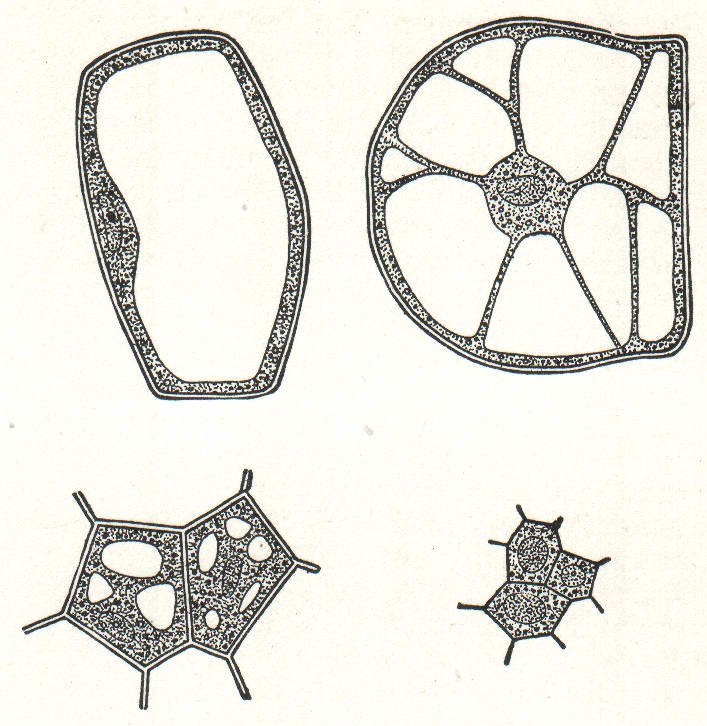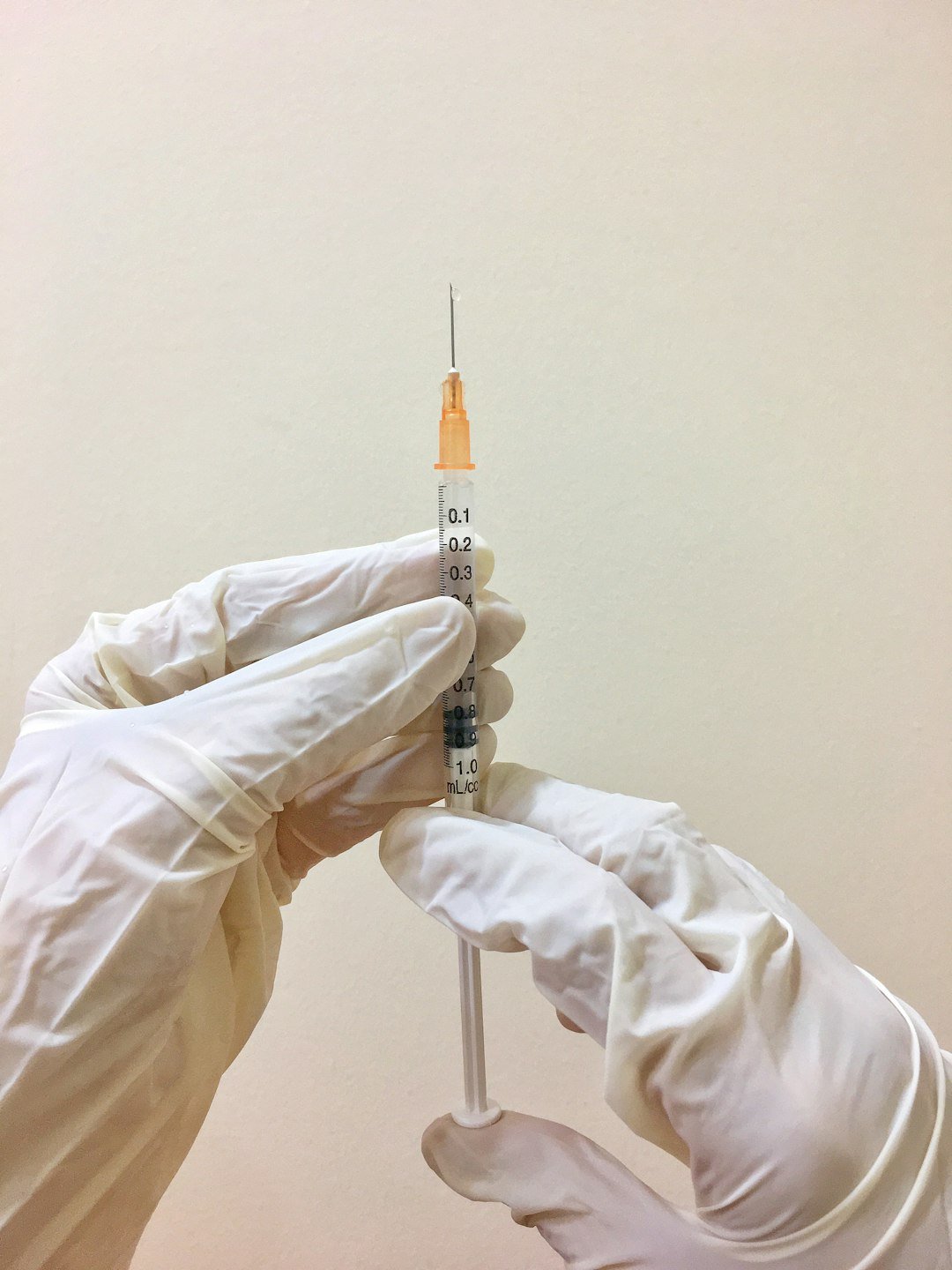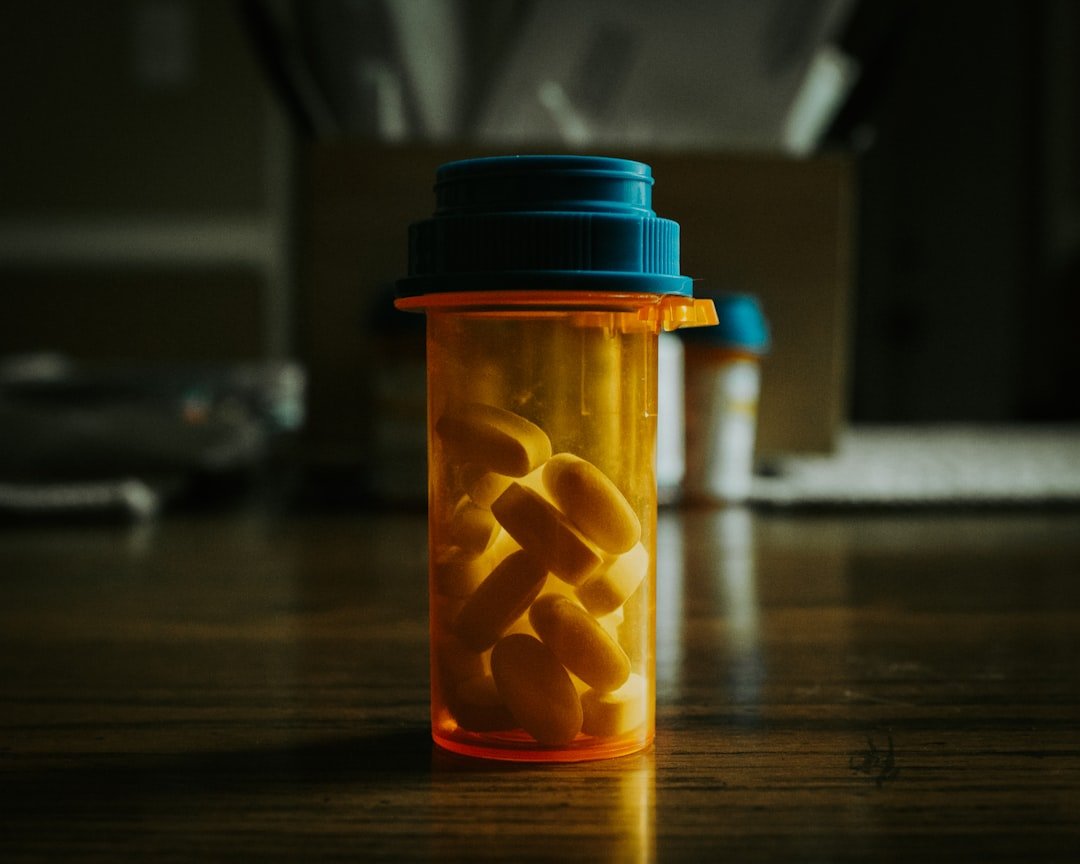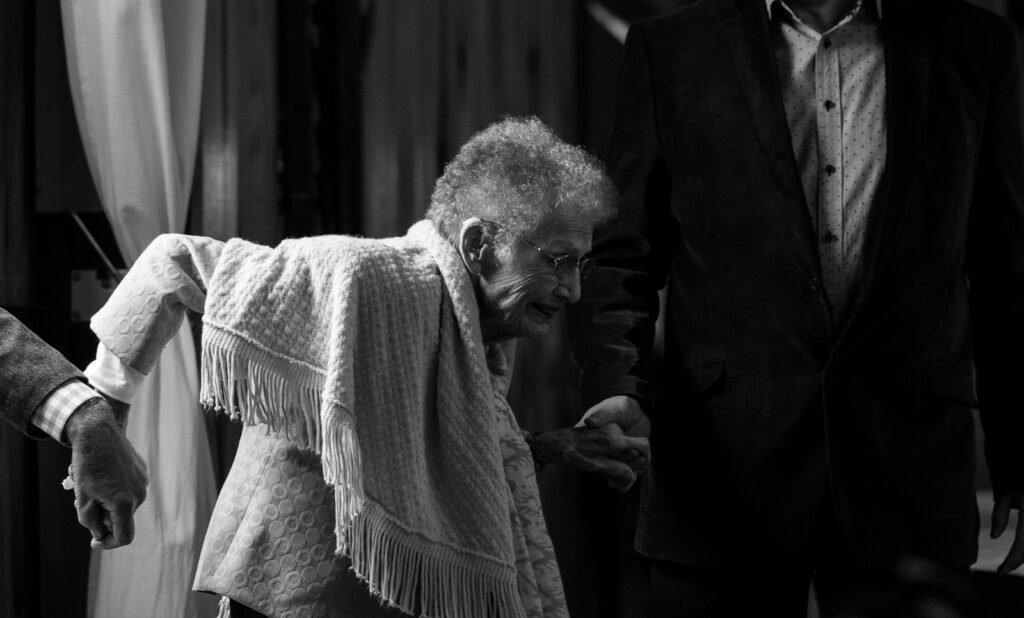Imagine waking up at 80 with the energy and cellular health of someone in their 30s. It sounds like a sci‑fi promise, but the science of aging has sprinted from myth to mechanism in a single generation. Researchers now track the wear and tear of time in molecular ink, and – more startling – they can sometimes dial it back. Yet every step toward rejuvenation reveals new risks: scrambled cell identity, runaway growth, or organs that fall out of sync. The question isn’t just whether we could reverse aging, but whether we can do it safely, fairly, and for the whole body – without losing the parts of ourselves that make us, us.
The Hidden Clues

Aging leaves fingerprints on our biology long before we feel stiff knees or foggy mornings. Chemical tags called methyl groups collect on DNA like dust on a bookshelf, forming patterns that predict health risks better than a birth certificate. Proteins misfold, mitochondria sputter, and senescent cells – those stubborn, non‑dividing drifters – accumulate and broadcast inflammatory noise. If you want a crime scene analogy, time is the culprit and these molecular smudges are the evidence. The revelation is that some of these marks look reversible, which hints at levers we can pull.
I keep a dog‑eared printout of the classic hallmarks of aging on my desk, not as a talisman but as a checklist. Each hallmark – genomic instability, telomere shortening, epigenetic drift, and more – offers an entry point for interventions. The puzzle is that tugging one thread tugs the rest, so progress comes from systems thinking rather than silver bullets.
From Ancient Ideas to Modern Bench Science

Humans have chased youth since clay tablets and temple walls, but only in the past two decades have we mapped aging to cellular logic. Calorie restriction stretched life in worms and rodents, nudging nutrient‑sensing pathways that also govern repair. Parabiosis – the eerie pairing of young and old circulations – hinted that age is written partly in the bloodstream’s signals. These experiments were crude by today’s standards, but they cracked open a door: aging isn’t just rust, it’s code.
The modern toolkit swapped folklore for precision: CRISPR edits, single‑cell atlases, and machine‑learned “clocks” that score biological age from blood or saliva. That shift – from myth to mechanism – turned a philosophical wish into testable hypotheses. And once a field becomes measurable, it becomes engineerable.
What Biology Says Aging Really Is

Strip away the poetry and aging looks like a cascade of feedback loops that gradually lose calibration. Stem cells go quiet, repair crews miss their cues, and intercellular chatter grows shrill with inflammatory notes. Mitochondria throttle down, so tissues run on yesterday’s fumes, while proteostasis falters and junk piles up. None of this is destiny; it’s a balance sheet drifting toward the red.
That view matters because it suggests multiple dials to turn rather than a single master switch. Reversing aging entirely would mean resetting many systems at once without tipping them into cancer, fibrosis, or loss of identity. Partial, tissue‑specific rejuvenation is the realistic near‑term path, like restoring a city neighborhood by neighborhood instead of bulldozing and rebuilding the whole metropolis.
The New Playbook: Reprogramming, Senolytics, and Beyond

Scientists now test strategies that sound bold but rest on careful logic. Partial cellular reprogramming nudges cells toward a youthful state by briefly activating developmental factors, rolling back some epigenetic marks without erasing cell identity. Senolytics aim to remove senescent cells – the molecular bad tenants – freeing space and reducing inflammation. Rapamycin‑like drugs modulate nutrient sensing and have improved immune responses in older adults in small studies, a tantalizing sign that repair pathways can be coaxed back online.
Other approaches recruit the body’s own networks: plasma‑based interventions that rebalance circulating signals, extracellular vesicles as tiny message carriers, and strategies to reboot mitochondrial function. Even the microbiome is on the table, since gut signals touch immune tone and metabolism. The take‑home is not that one trick wins, but that layering modest gains could deliver a substantial shift in healthspan.
Trials at the Edge of Time

For all the headlines, the clinic is where bravado meets biology. Early human studies of senolytics have reported improvements in measures like physical function or biomarkers in small cohorts, while rapalog trials point to immune benefits without catastrophic trade‑offs. Epigenetic clocks sometimes show downward nudges after interventions, suggesting biological age can be steered, at least transiently. Gene‑therapy‑based rejuvenation is approaching the starting line in narrowly defined tissues, particularly in the eye where local delivery lowers systemic risk.
Still, most data come from small, early‑phase trials or carefully selected conditions, so effect sizes and durability remain open questions. Safety is the north star: a therapy that makes cells young but unstable is a non‑starter. Regulators do not recognize “aging” as a stand‑alone indication, so researchers lean on age‑related diseases and composite endpoints to prove value. That’s slower than anyone would like, but it’s how medicine avoids repeating the mistakes of past miracle cures.
Why It Matters

Reversing aspects of aging isn’t a vanity project; it’s a social infrastructure plan. By mid‑century, the world will count roughly about two billion people over 60, and chronic conditions already consume a dominant share of healthcare budgets. Extending healthspan by even a few healthy years could ease caregiver strain, keep experienced workers active by choice, and reduce late‑life disability. Think of it like preventive maintenance for a power grid: a little early investment can avert cascading failures later.
Compared with traditional disease‑by‑disease drug development, geroscience targets shared upstream mechanisms, promising broader benefits per intervention. The trade‑off is measurement: we’re better at tracking tumors or blood pressure than tracking “youthfulness” of a liver or hippocampus. That’s why robust biomarkers and pragmatic trials are as important as the therapies themselves. Without them, we’re flying a promising plane without reliable instruments.
Global Perspectives

Longevity science doesn’t belong to one flag. Public institutes fund foundational aging biology, while private labs pursue translational bets that can move faster – sometimes too fast. Policy shapes the pace: some nations are exploring adaptive regulatory pathways or reimbursement pilots that reward delayed multimorbidity, not just disease‑specific fixes. Meanwhile, philanthropic initiatives are underwriting high‑risk, early ideas that struggle in traditional grant lanes.
Equity looms large. If early rejuvenation therapies are expensive, we risk a two‑tier world where the wealthy buy healthy decades and everyone else watches. The smarter play is to prioritize scalable interventions – vaccines for immunity, low‑cost senotherapeutics, lifestyle programs amplified by biomarkers – that can be deployed widely. Aging is universal; access should be, too.
Risk, Identity, and the Red Line

The scariest failure modes sit at the intersection of youth and instability. Push cells too far toward a developmental state and you court tumor risk or loss of tissue identity, the biological equivalent of wiping a hard drive. Reboot mitochondria without correcting proteostasis and you may just fuel a dirtier engine. Even seemingly benign fixes can disrupt body‑wide coordination where timing is everything.
That’s why the field has grown cautious about promises of total reversal. The safer ambition is controlled rejuvenation: incrementally younger epigenetic patterns, fewer senescent cells, steadier immune tone, and cleaner metabolic signals. In plain terms, live longer and better, not endlessly and recklessly. It’s less cinematic, and far more humane.
The Future Landscape

In the next decade, expect combination therapies guided by dense personal data. Wearables will expand from steps and sleep to continuous inflammatory markers, while “multi‑omic” readouts – transcriptomes, proteomes, metabolomes – feed AI models that forecast biological drift and test countermeasures in silico. Organoid platforms and animal‑free microphysiological systems will let teams screen rejuvenation cocktails before anyone volunteers. The line between prevention and treatment will blur.
Hard problems remain: targeting every tissue, delivering genes or factors without immune backlash, and proving durable benefits that justify cost. But the direction is set toward rational, iterative engineering rather than hope and hype. If full‑body reversal is a moonshot, targeted rejuvenation is the reliable rocket we can launch repeatedly and safely.
How You Can Be Part of the Story

You don’t need a lab badge to move the needle. Support clinical research by enrolling in registries or biomarker studies that welcome healthy volunteers, because better data make better therapies. Advocate for policies that fund geroscience and reward prevention, not just late‑stage procedures. Consider donating to open biobanks and longitudinal cohorts that share de‑identified data widely, accelerating discovery for everyone.
At a personal level, stack the basics that already move the biology: steady movement, protein‑smart diets, adequate sleep, vaccines on schedule, and social connection that tames inflammatory stress. Use reputable biological age tests as feedback, not fortune‑telling; if they trend younger after changes, you’re likely on the right path. The finish line isn’t immortality, it’s more good years with a brain and body that still feel like yours.

Suhail Ahmed is a passionate digital professional and nature enthusiast with over 8 years of experience in content strategy, SEO, web development, and digital operations. Alongside his freelance journey, Suhail actively contributes to nature and wildlife platforms like Discover Wildlife, where he channels his curiosity for the planet into engaging, educational storytelling.
With a strong background in managing digital ecosystems — from ecommerce stores and WordPress websites to social media and automation — Suhail merges technical precision with creative insight. His content reflects a rare balance: SEO-friendly yet deeply human, data-informed yet emotionally resonant.
Driven by a love for discovery and storytelling, Suhail believes in using digital platforms to amplify causes that matter — especially those protecting Earth’s biodiversity and inspiring sustainable living. Whether he’s managing online projects or crafting wildlife content, his goal remains the same: to inform, inspire, and leave a positive digital footprint.




